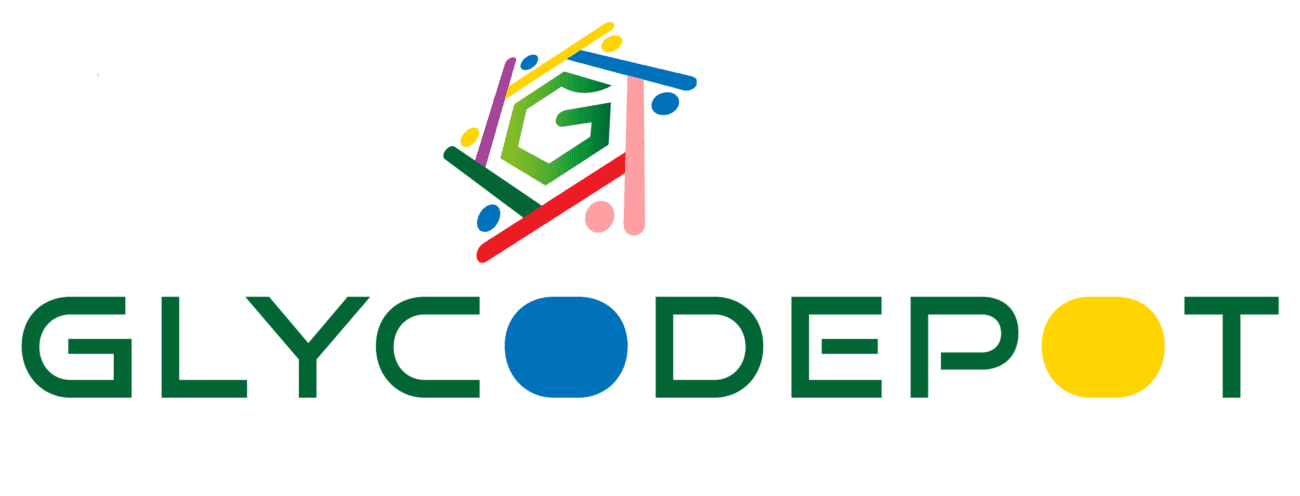UDP-6-N3-Gal (Uridine Diphosphate 6-Azido-Galactose) is a modified nucleotide sugar used in advanced glycosylation research. The 6-N3 modification refers to the addition of an azido group (-N3) at the 6th position of the galactose sugar, making it a valuable tool for bioorthogonal chemistry and metabolic labeling.
Structure & Properties:
- Molecular Weight (MW): Approximately 591 g/mol (depending on the specific form and substitutions)
- Chemical Formula: C15H23N5O16P2 (approximate)
- Synonyms: UDP-6-azido-galactose
- Functional Groups: Contains an azido group (-N3) at the 6th carbon position of galactose, which allows for click chemistry reactions.
Biological Role:
- Biosynthesis Pathway: UDP-6-N3-Gal is synthesized by introducing an azido group into UDP-galactose via chemical or enzymatic modification. It acts as a glycosyl donor in glycosylation reactions.
- Function: In glycosylation, UDP-6-N3-Gal can transfer the modified galactose to glycans, glycoproteins, or glycolipids. The azido group facilitates click chemistry applications, allowing for the labeling or detection of glycan structures in biological systems.
Applications:
- Bioorthogonal Labeling: UDP-6-N3-Gal is commonly used in metabolic labeling of glycans in cells. The azido group enables conjugation with fluorescent probes or other tags using copper-catalyzed azide-alkyne cycloaddition (CuAAC) click chemistry.
- Glycosylation Studies: It serves as a substrate for glycosyltransferases in the study of glycan biosynthesis and glycoprotein production, with the added benefit of site-specific labeling for detection.
Significance in Research:
- Metabolic Labeling: UDP-6-N3-Gal is frequently used in glycobiology to label and track glycan biosynthesis in live cells, enabling the study of glycosylation patterns in real-time.
- Bioorthogonal Chemistry: The azido group allows for bioorthogonal reactions that do not interfere with natural biological processes, making it ideal for probing glycan functions in complex biological systems.
Key Roles:
- Glycan Labeling: UDP-6-N3-Gal can incorporate an azido-modified galactose into glycan structures, which can then be visualized or captured using click chemistry.
- Glycoprotein Engineering: Researchers use UDP-6-N3-Gal to introduce site-specific modifications in glycoproteins, facilitating the study of glycoprotein function and dynamics.
Storage and Stability:
- Storage: UDP-6-N3-Gal should be stored at -20°C in a dry, moisture-free environment for optimal stability.
- Stability: The compound is stable under appropriate storage conditions but may degrade if exposed to heat, moisture, or light.
Research Applications:
- Glycobiology: UDP-6-N3-Gal is widely used in glycosylation research to label and study glycan structures, glycoproteins, and glycolipids.
- Drug Development: It can be used to develop novel therapeutics that target specific glycosylation pathways or glycan structures on cells.
Potential Impact:
- Therapeutic Targeting: UDP-6-N3-Gal can be used to design drugs that selectively target modified glycans in disease processes, including cancer and infectious diseases.
- Diagnostic Tools: The click chemistry-enabled labeling of glycans using UDP-6-N3-Gal can lead to the development of diagnostic assays for glycan-related diseases.
Key Research Areas:
- Glycan Visualization: UDP-6-N3-Gal is essential for visualizing glycan structures in cells and tissues, allowing researchers to study their roles in cell-cell communication, immune responses, and disease progression.
- Synthetic Biology: The compound is used in synthetic biology to engineer cells with custom glycosylation patterns, with applications in biotechnology and therapeutic protein production.
Conclusion:
UDP-6-N3-Gal is a powerful tool in glycobiology, enabling bioorthogonal labeling and detection of glycan structures in biological systems. Its role in glycosylation research, combined with its potential applications in drug development and diagnostics, makes it a valuable molecule for studying the complex roles of glycans in health and disease.

Reviews
There are no reviews yet.